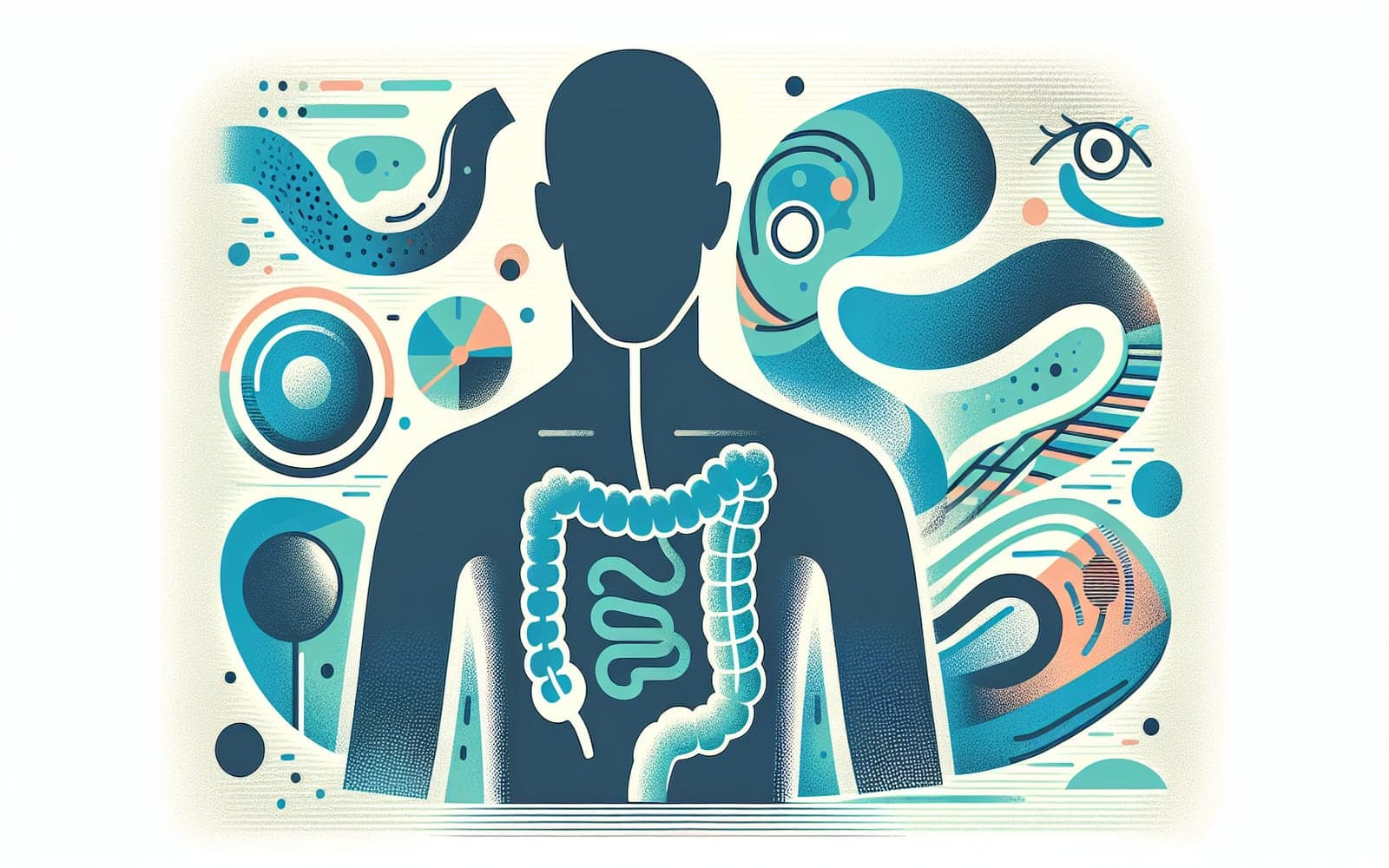Navigating Crohn's Disease: Key Guidelines for Diagnosis and Treatment
Navigating Crohn's Disease: Key Guidelines for Diagnosis and Treatment
Your Roadmap to Care
Managing Crohn's disease can feel like navigating a complex maze. Fortunately, medical experts have developed guidelines to help both doctors and patients make informed decisions about diagnosis and treatment. Let's break down the key points from these important recommendations.
Contents
- Diagnosing Crohn's Disease
- Treatment Approaches
- Monitoring and Follow-up
- Special Considerations
Diagnosing Crohn's Disease
According to guidelines, diagnosing Crohn's disease requires a combination of clinical evaluation, lab tests, imaging, and often endoscopy with biopsies. No single test can definitively diagnose Crohn's. Doctors look for patterns of inflammation, typically using colonoscopy and sometimes small bowel imaging. Blood tests can check for signs of inflammation and nutritional deficiencies, while stool tests can rule out infections.
Treatment Approaches
Guidelines recommend a step-up approach to treatment for most patients. This means starting with milder treatments and moving to stronger ones if needed. For mild to moderate Crohn's, drugs like aminosalicylates or budesonide might be used first. For moderate to severe disease, guidelines suggest considering biologic therapies or immunomodulators earlier. The goal is to achieve and maintain remission while minimizing side effects.

Monitoring and Follow-up
Regular monitoring is crucial in managing Crohn's disease. Guidelines recommend periodic blood tests and stool tests to check for inflammation. Colonoscopies are typically advised every 1-3 years to assess healing and check for complications. Patients should have routine check-ups to evaluate their overall health, nutrition status, and any medication side effects.
Special Considerations
Guidelines address special situations in Crohn's disease management. For example, they provide recommendations for treating fistulas, a common complication. They also offer guidance on managing Crohn's during pregnancy and in older adults. Additionally, guidelines stress the importance of screening for conditions associated with Crohn's, such as certain cancers and bone loss.
FAQs
How often should guidelines be updated?
Major updates typically occur every few years.
Do all doctors follow these guidelines exactly?
Guidelines inform care but allow for individual variation.
Are there different guidelines for children with Crohn's?
Yes, pediatric-specific guidelines exist.
Do guidelines recommend specific diets for Crohn's?
They acknowledge diet's role but don't endorse specific diets.
How do patients access these guidelines?
Most are freely available online or through patient organizations.
A Living Document
While guidelines provide a framework, Crohn's management is always personalized to each patient's needs.
Additional References
- Lichtenstein GR, et al. ACG Clinical Guideline: Management of Crohn's Disease in Adults. Am J Gastroenterol. 2018;113(4):481-517.
- Feuerstein JD, et al. AGA Clinical Practice Guidelines on the Medical Management of Moderate to Severe Luminal and Perianal Fistulizing Crohn's Disease. Gastroenterology. 2021;160(7):2496-2508.
- Gomollón F, et al. 3rd European Evidence-based Consensus on the Diagnosis and Management of Crohn's Disease 2016: Part 1: Diagnosis and Medical Management. J Crohns Colitis. 2017;11(1):3-25.
This article has been reviewed for accuracy by one of the licensed medical doctors working for Doctronic.











